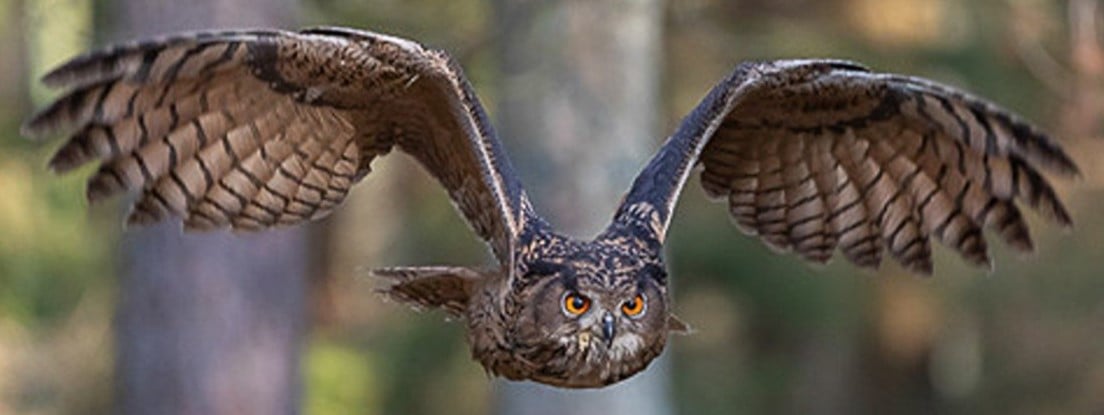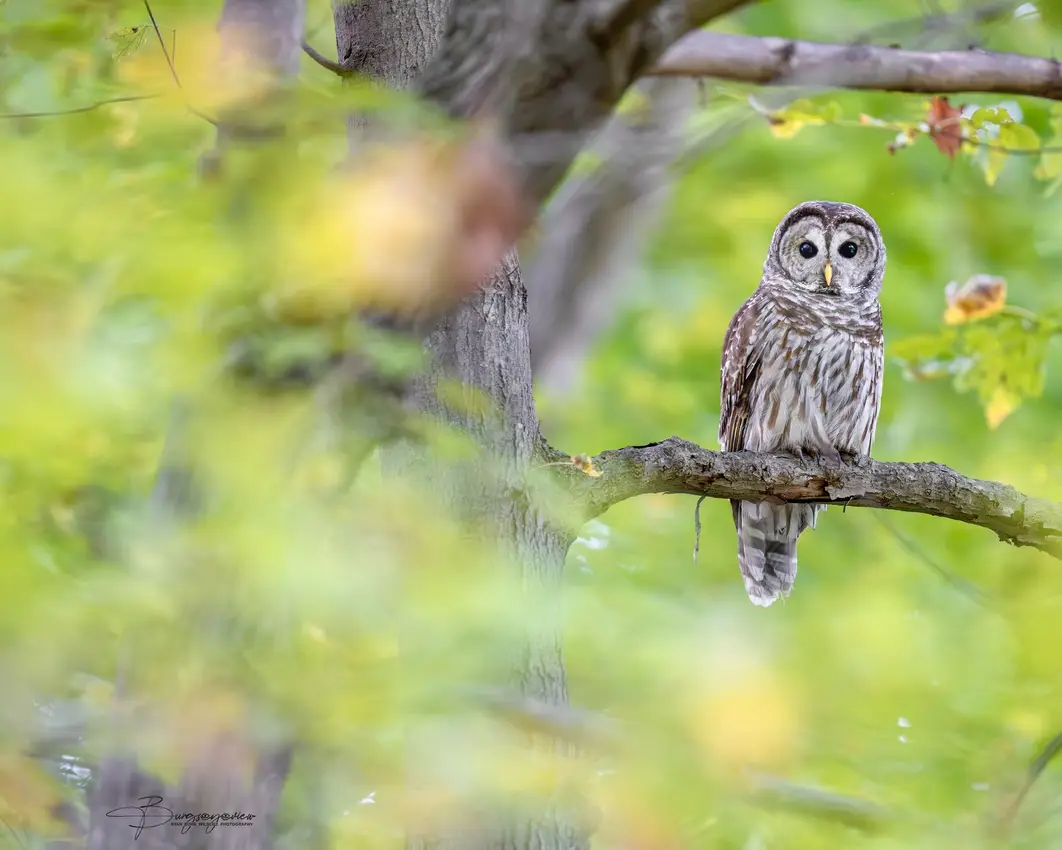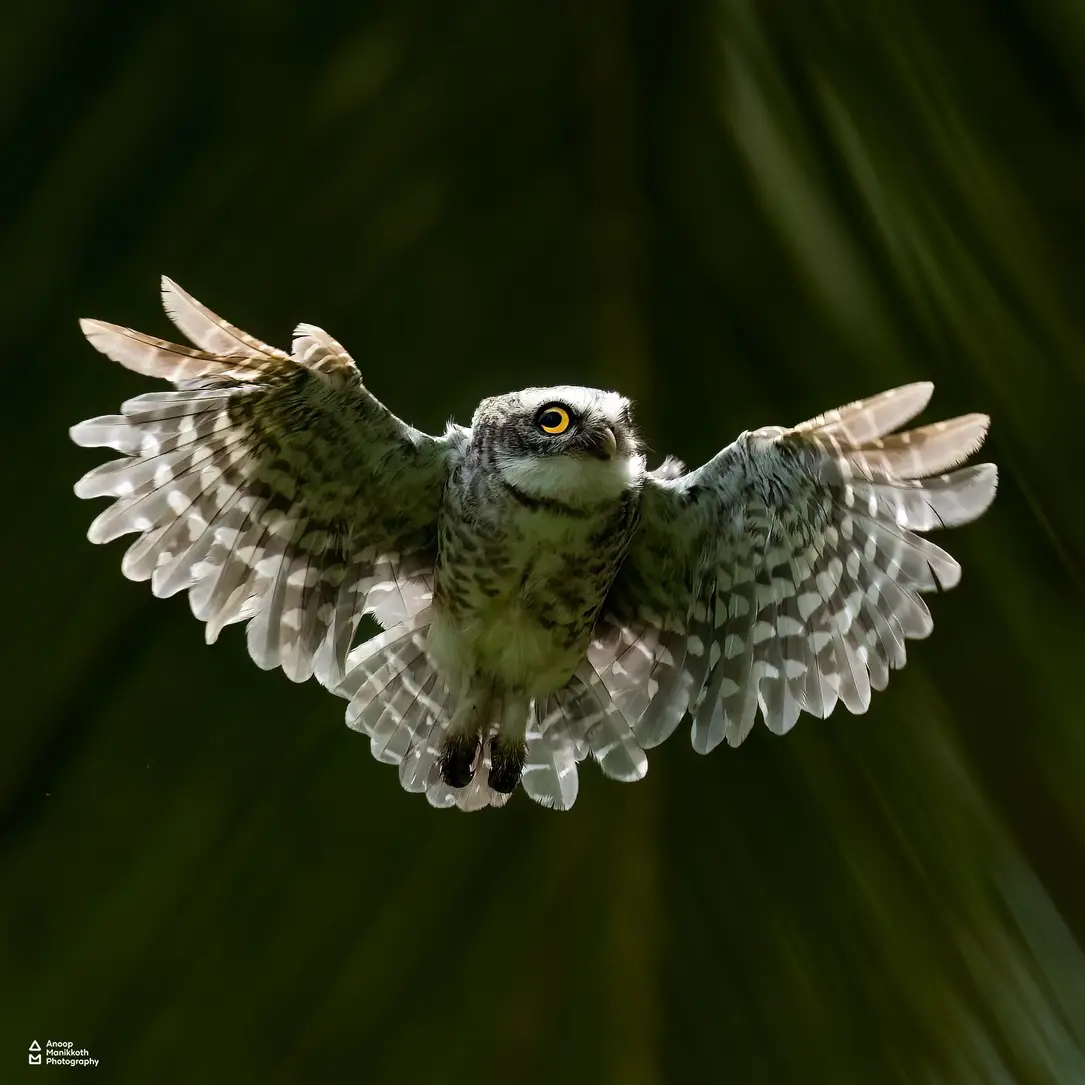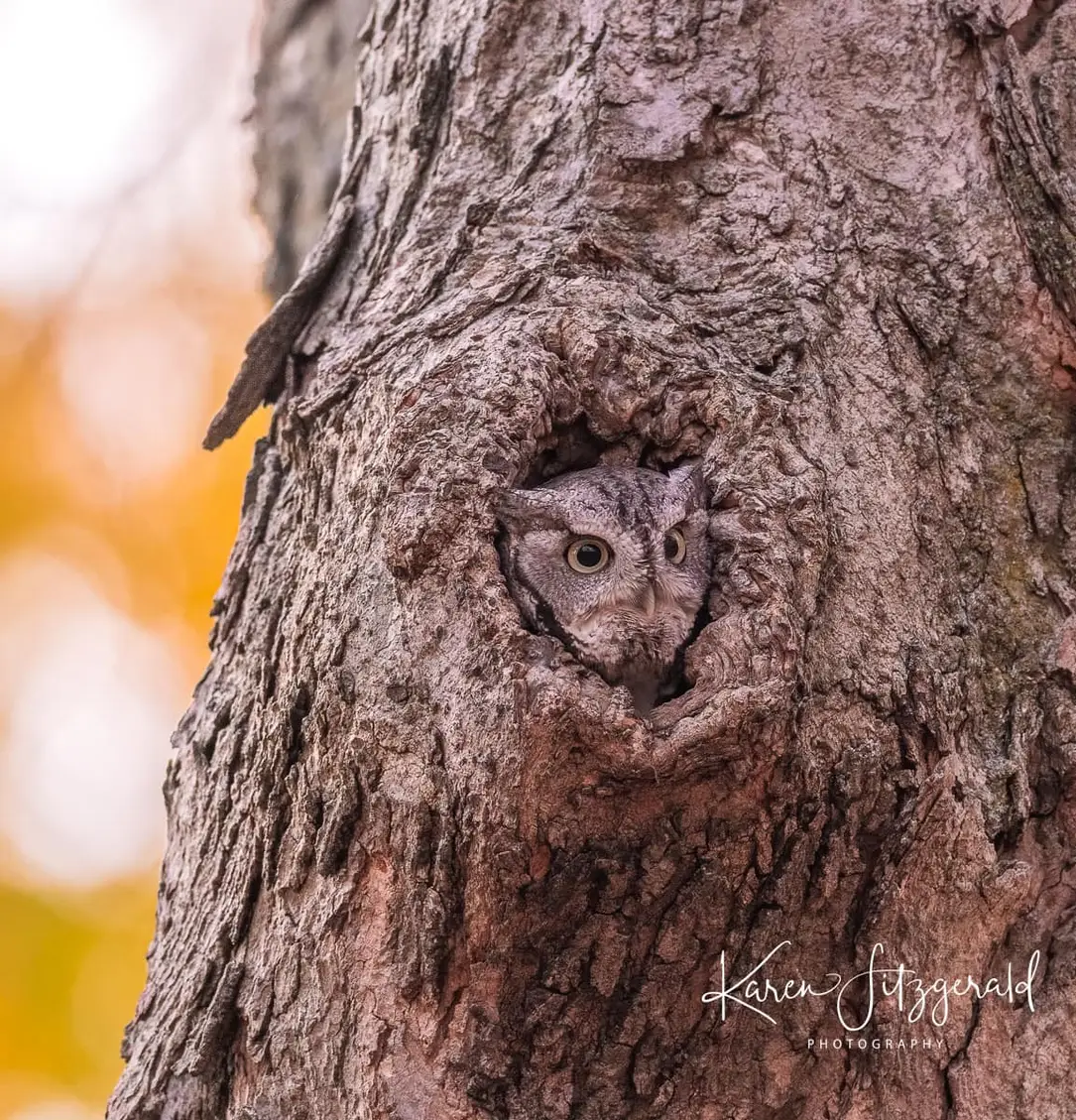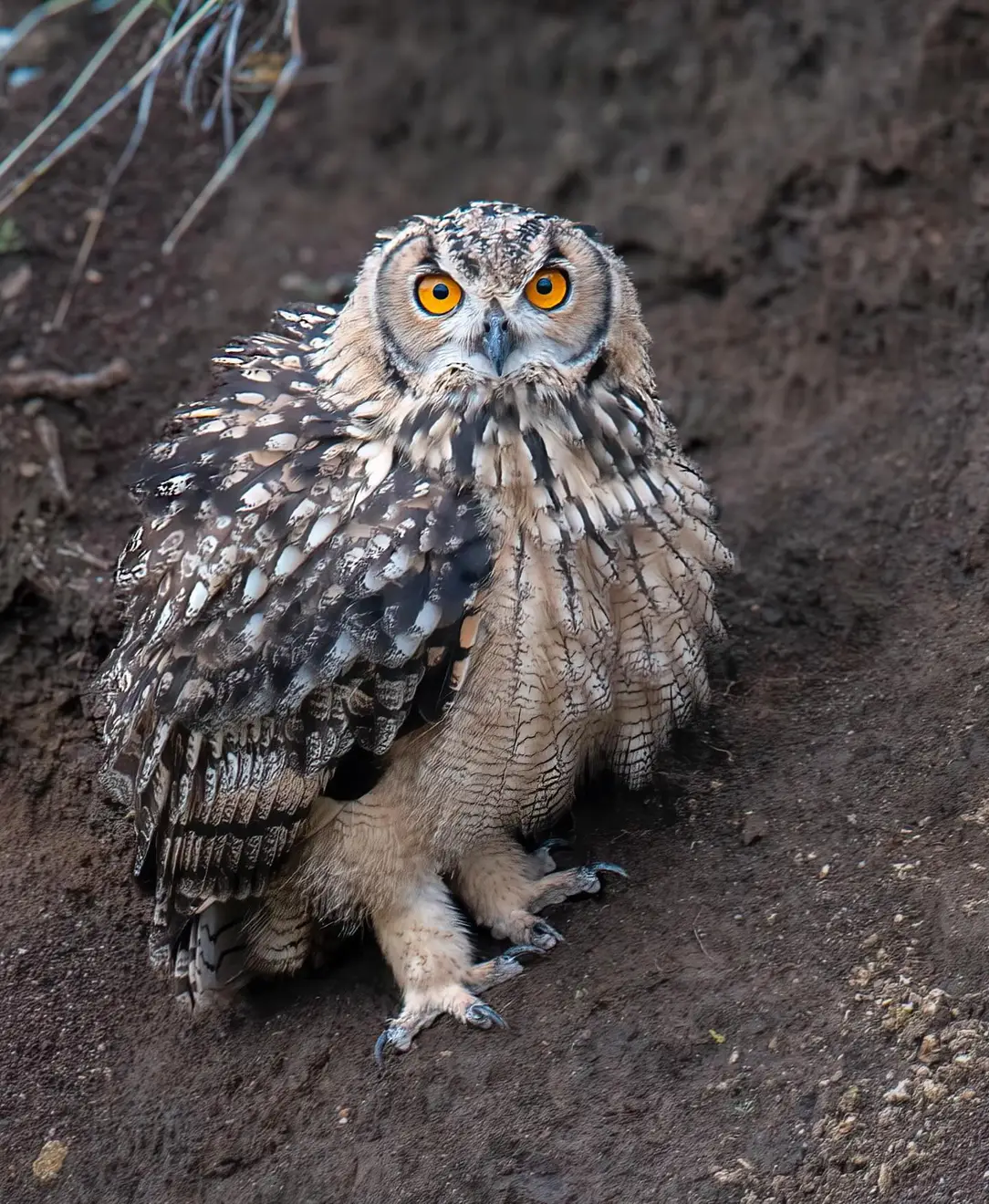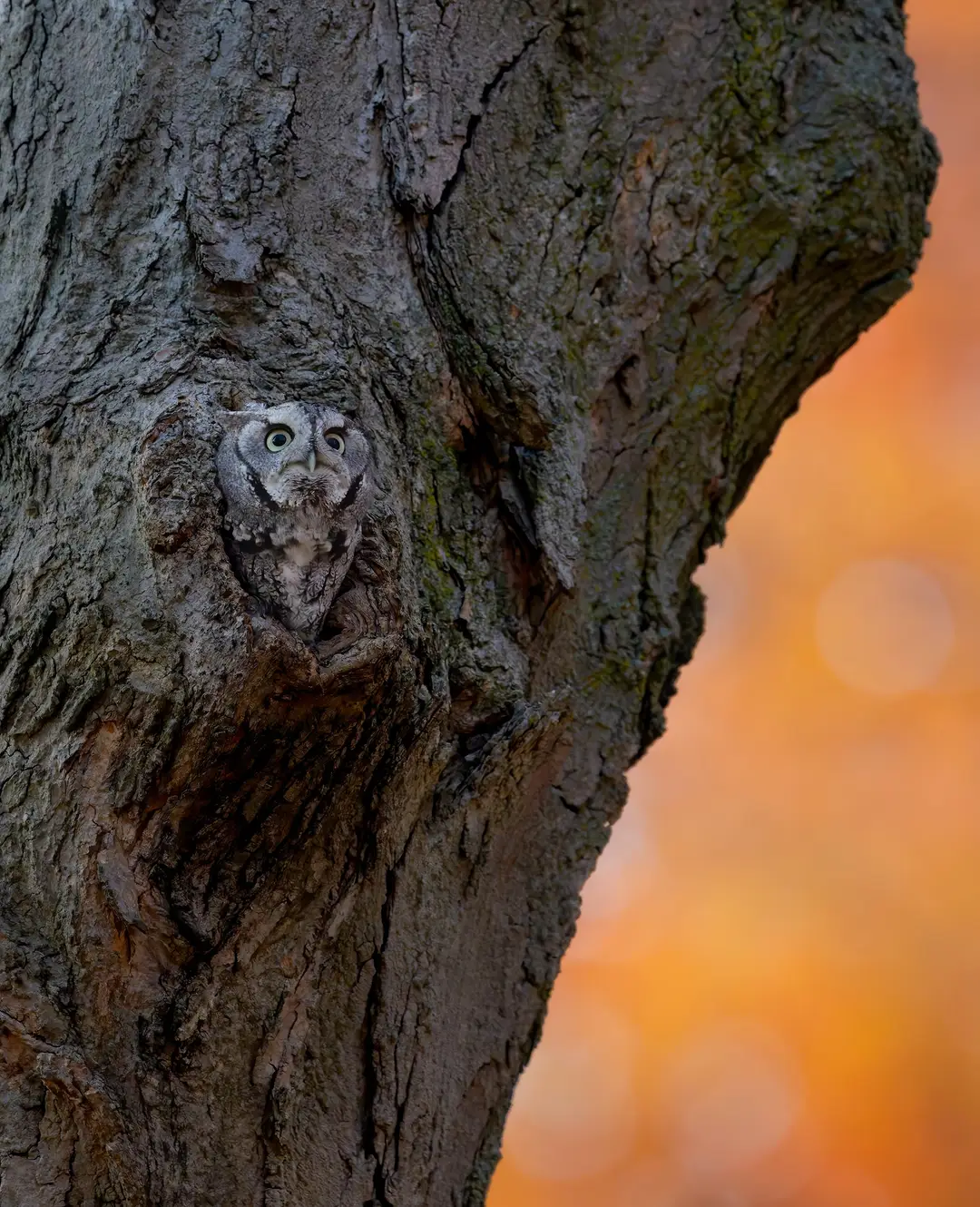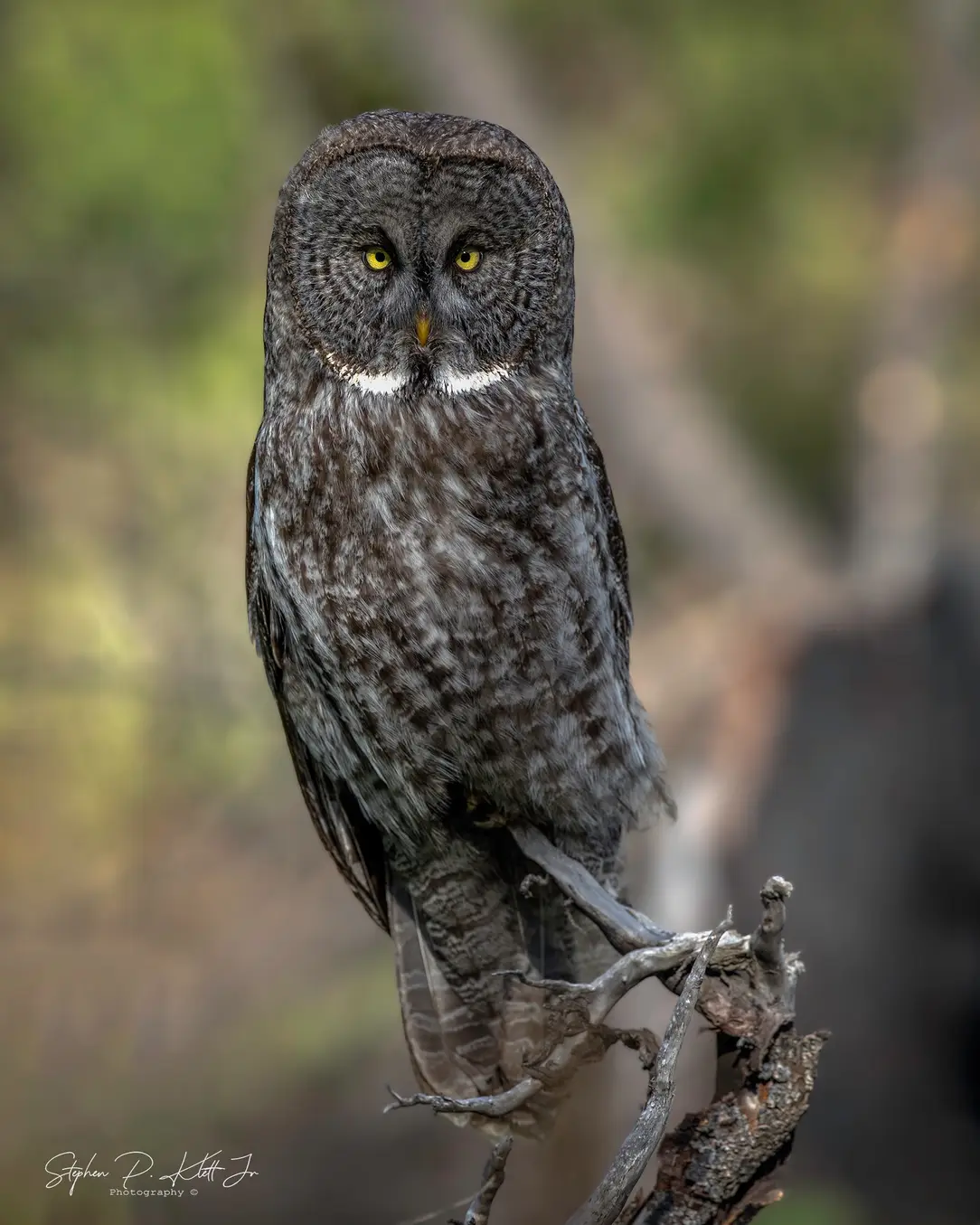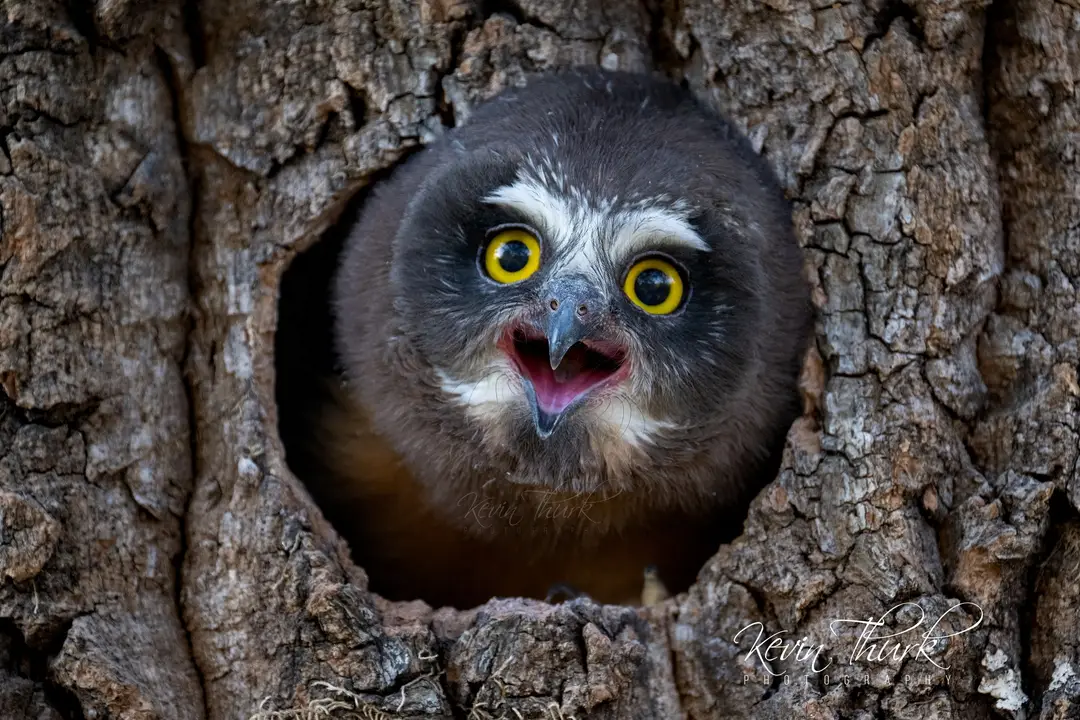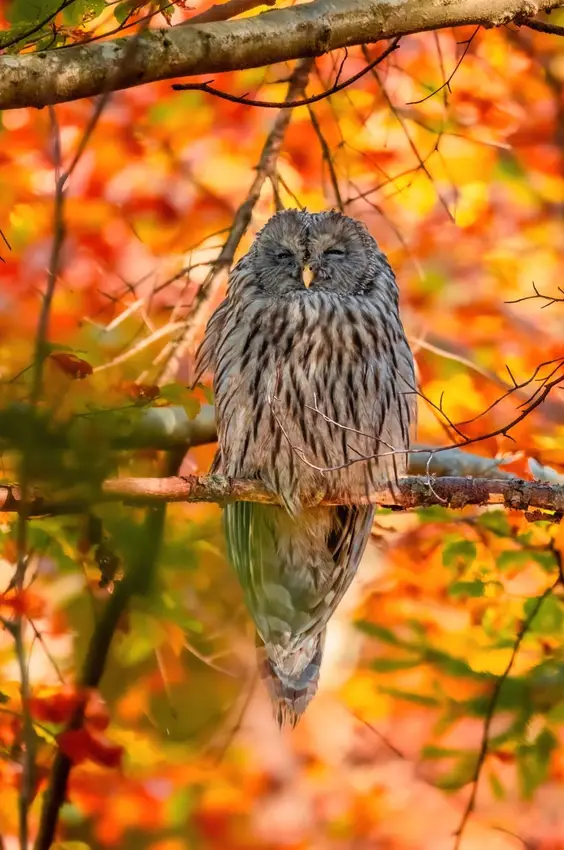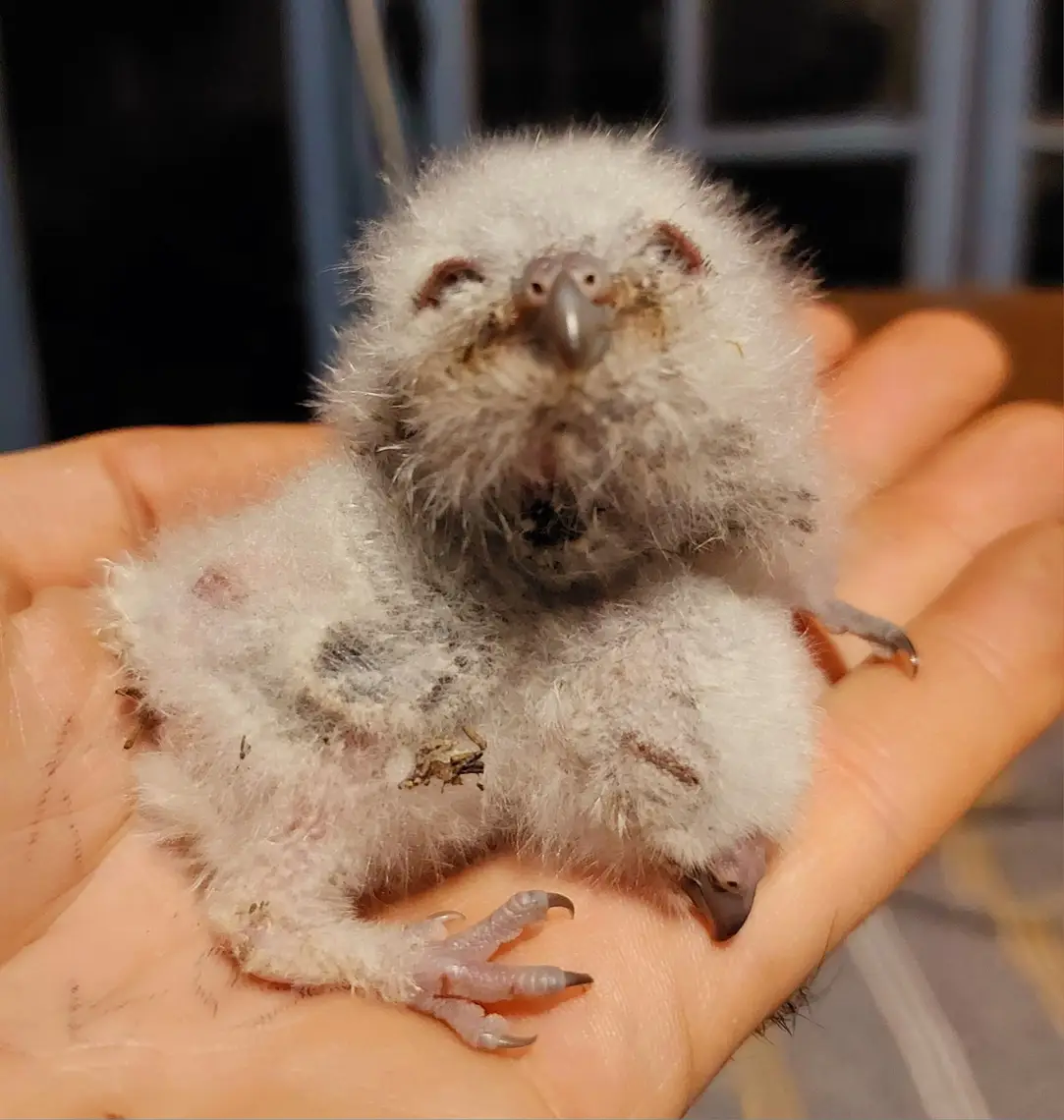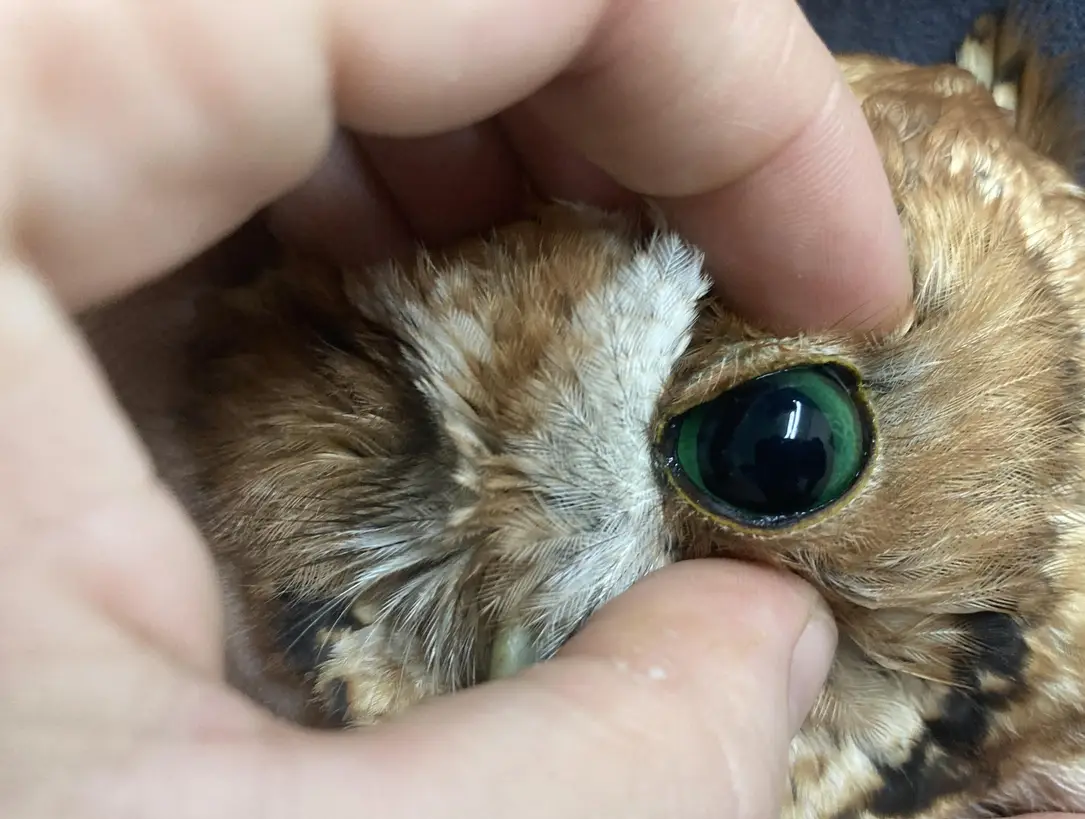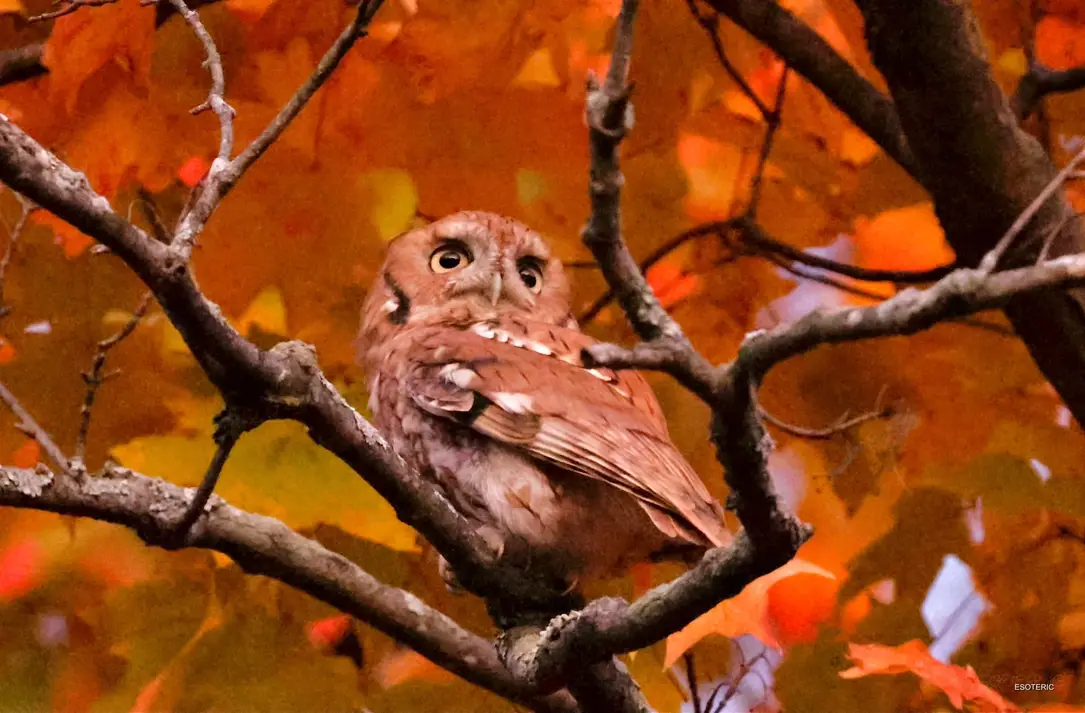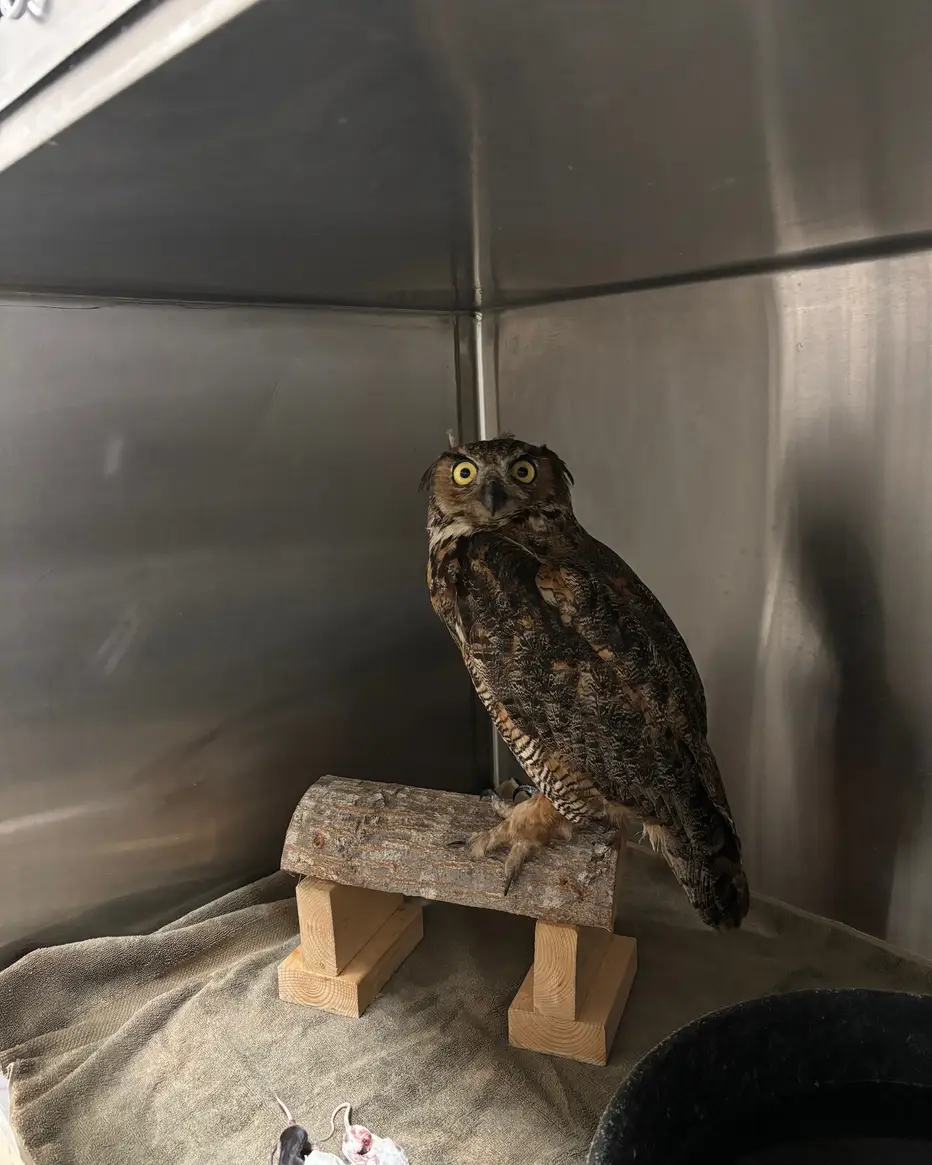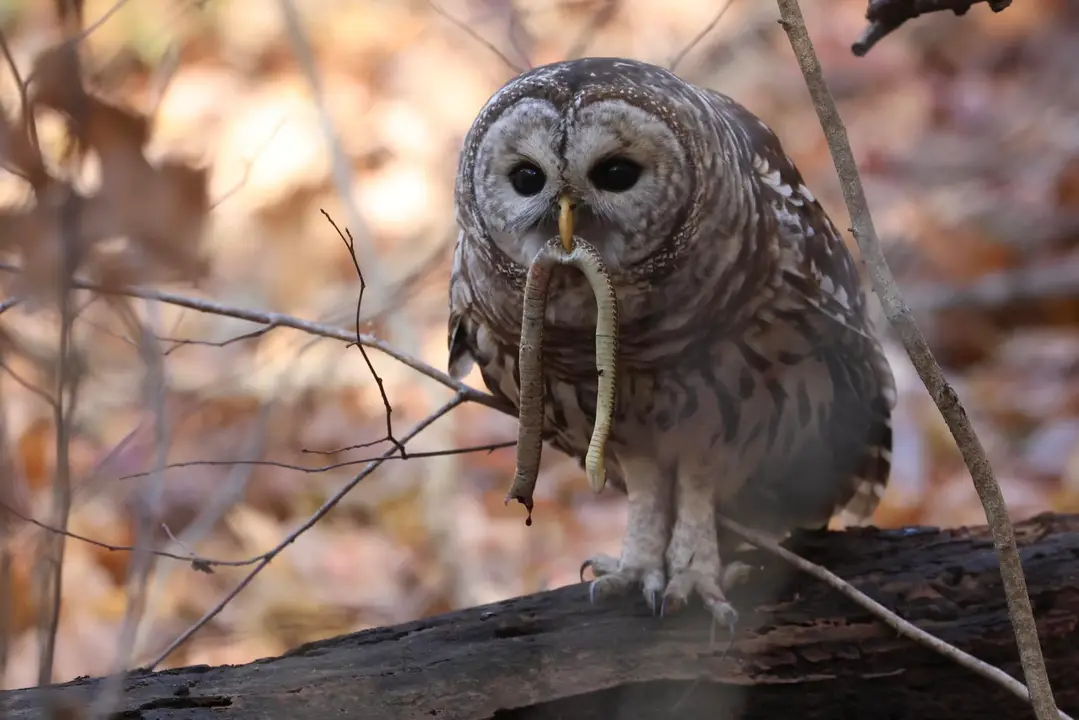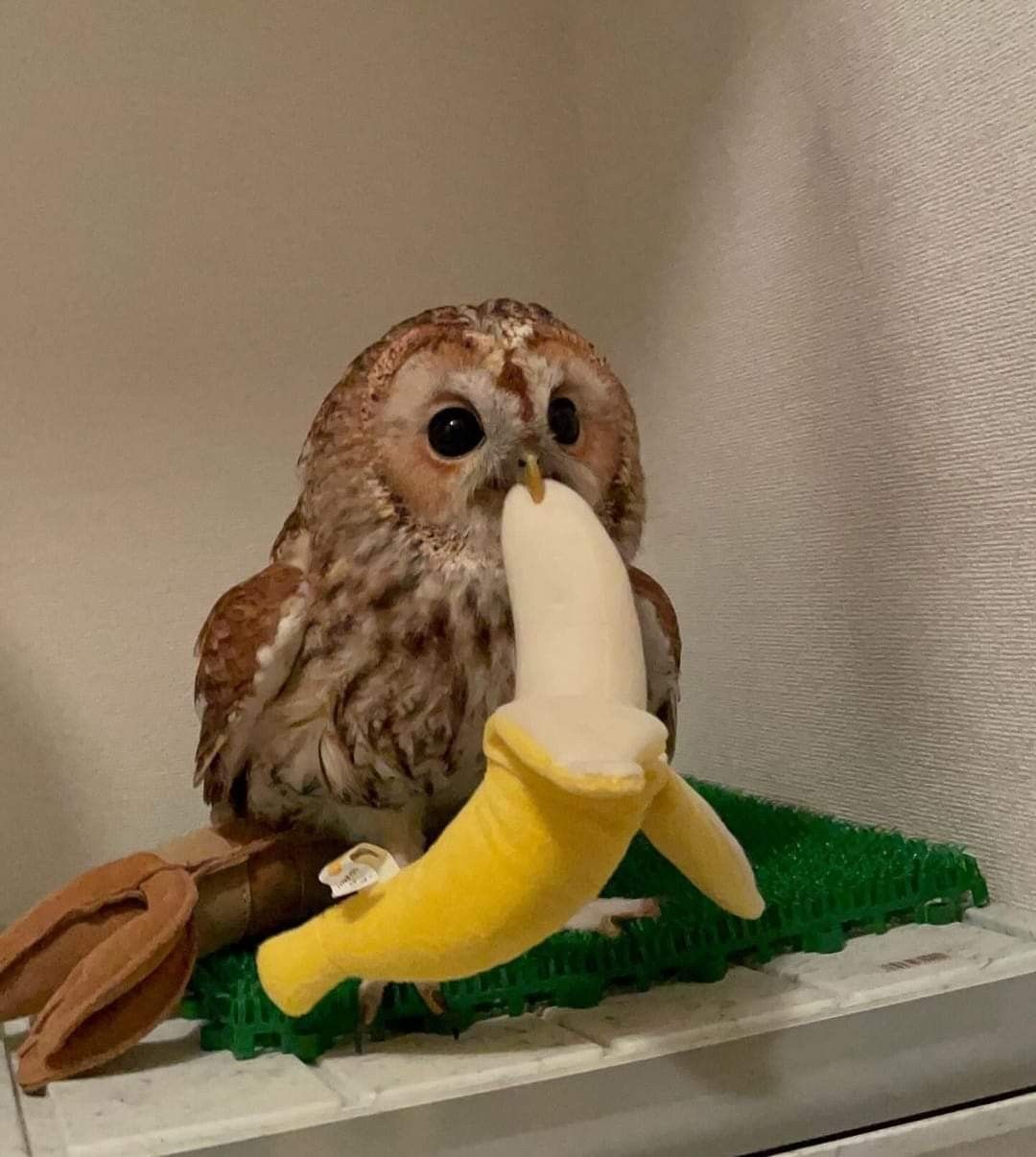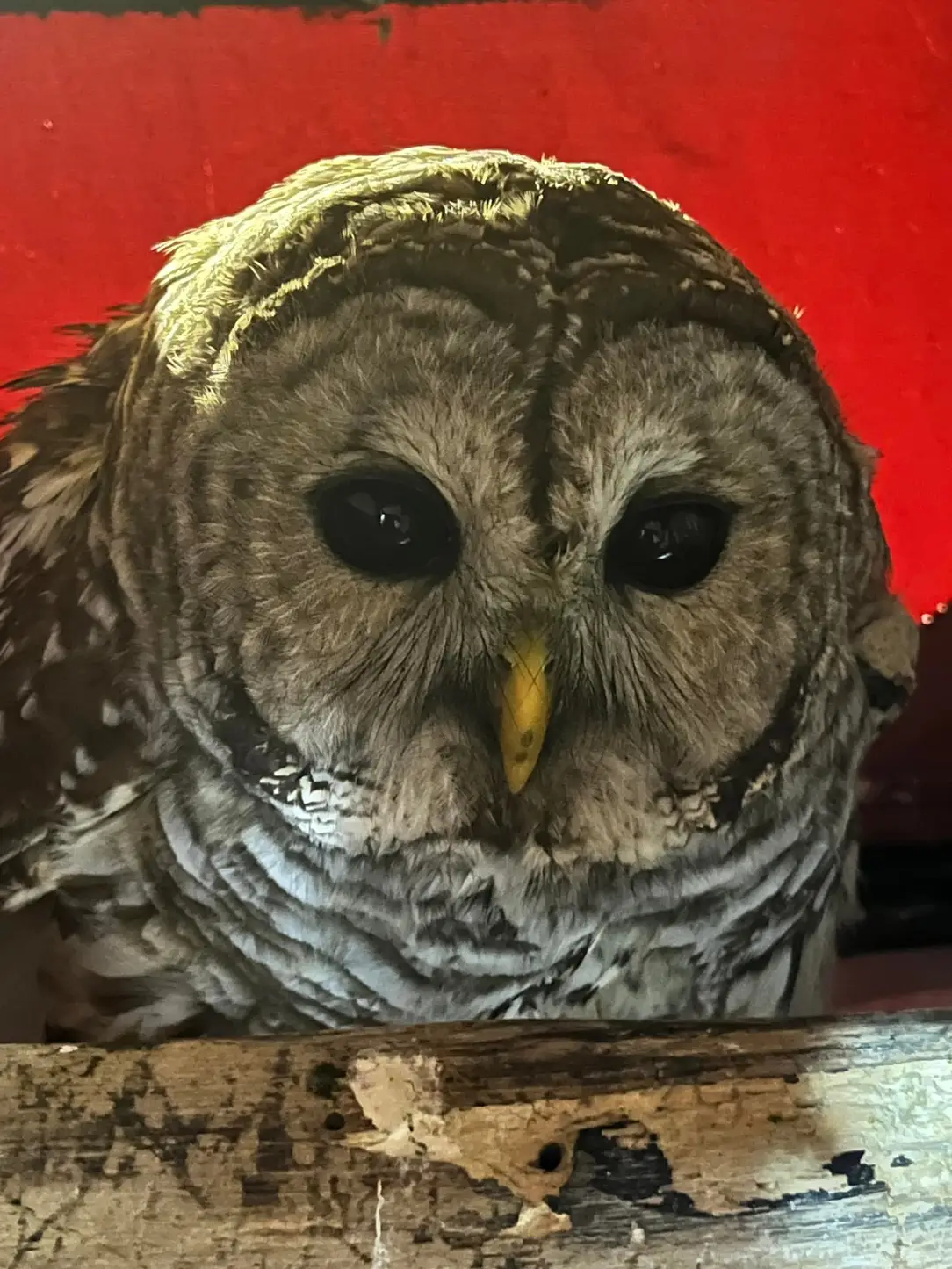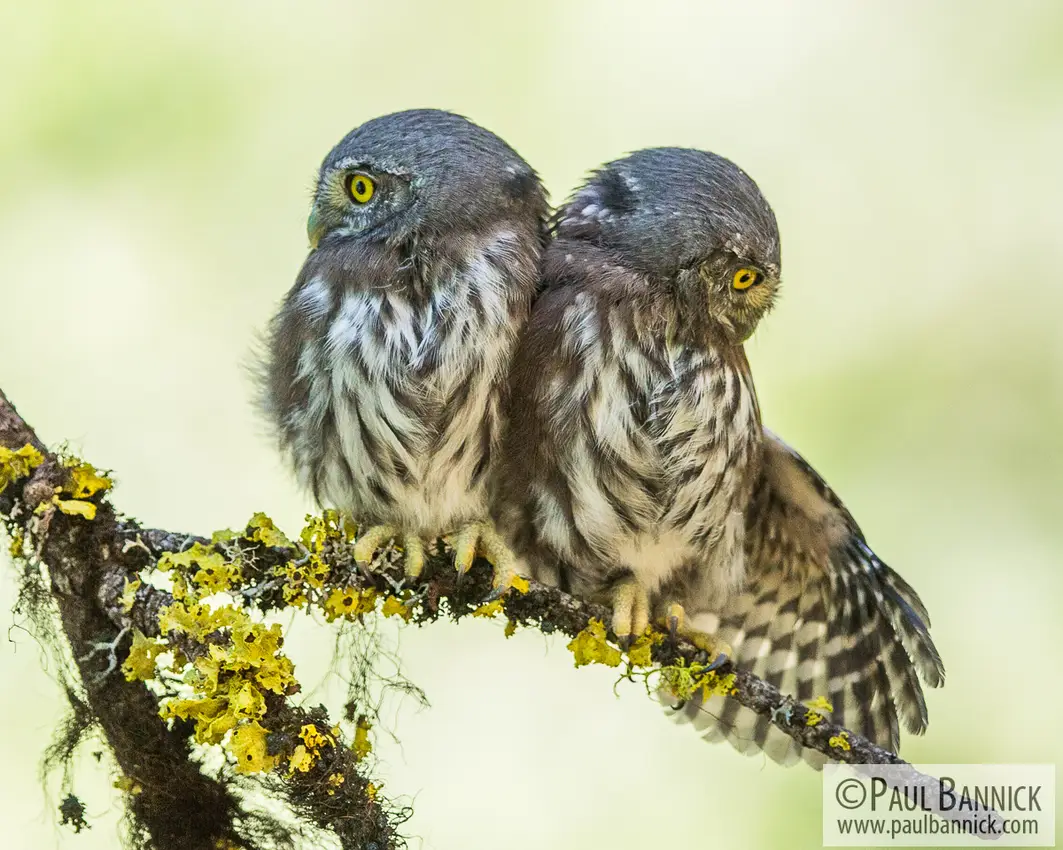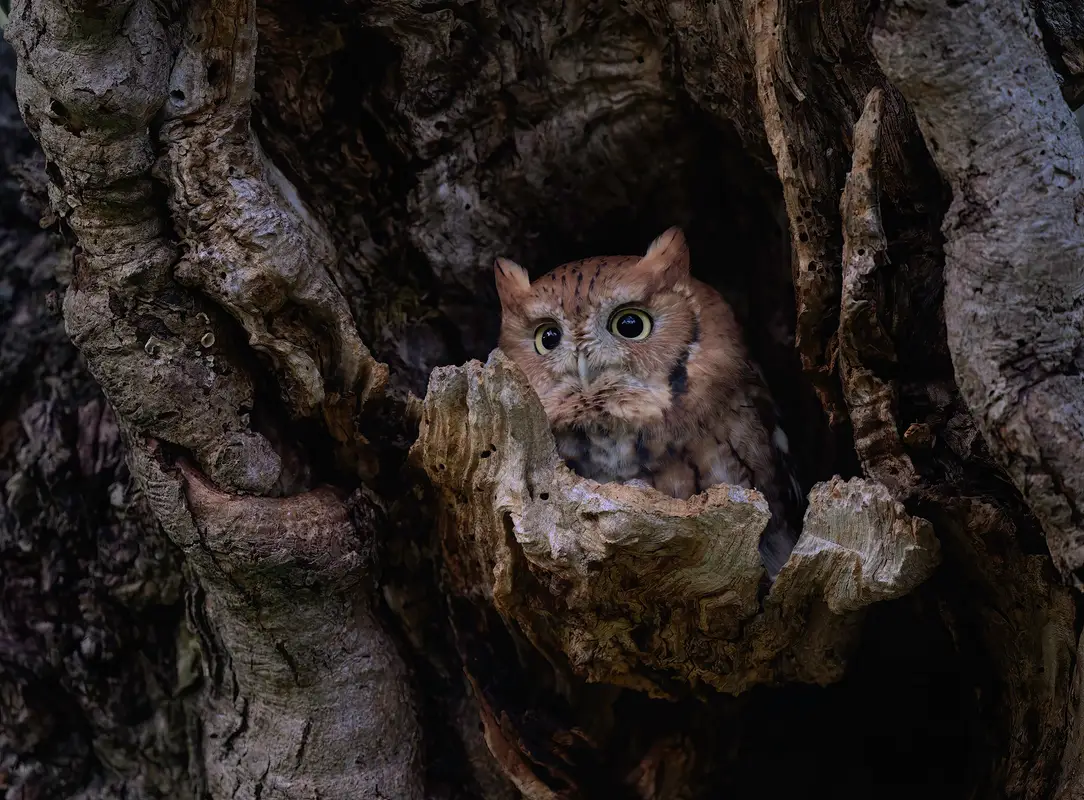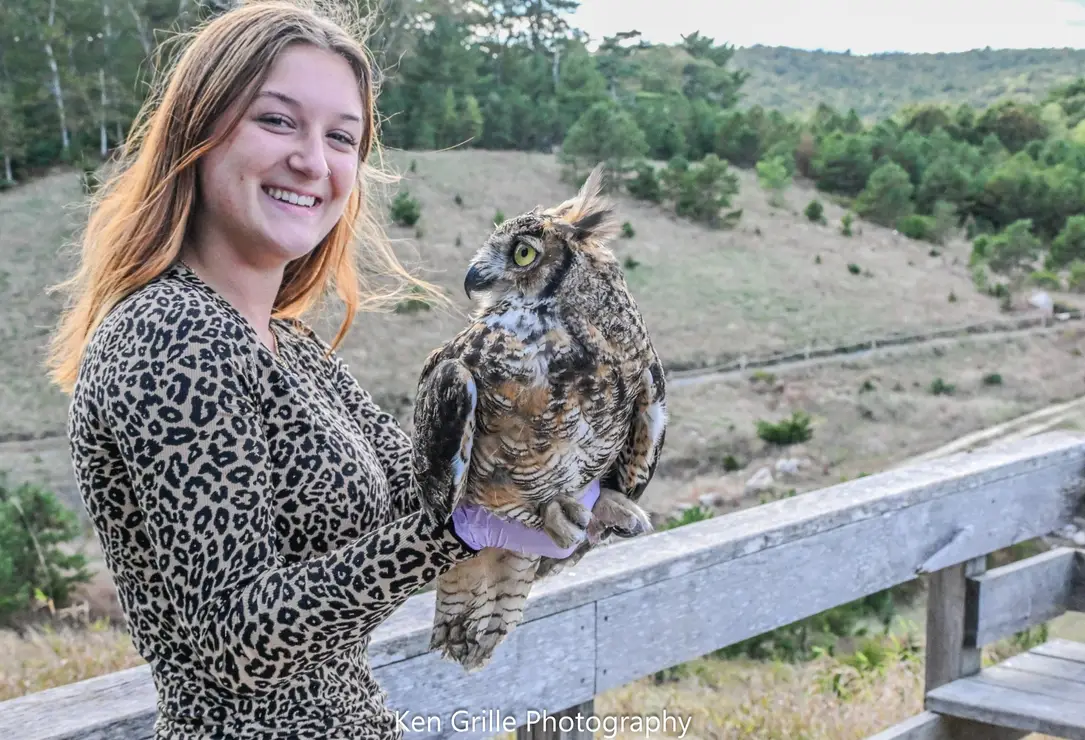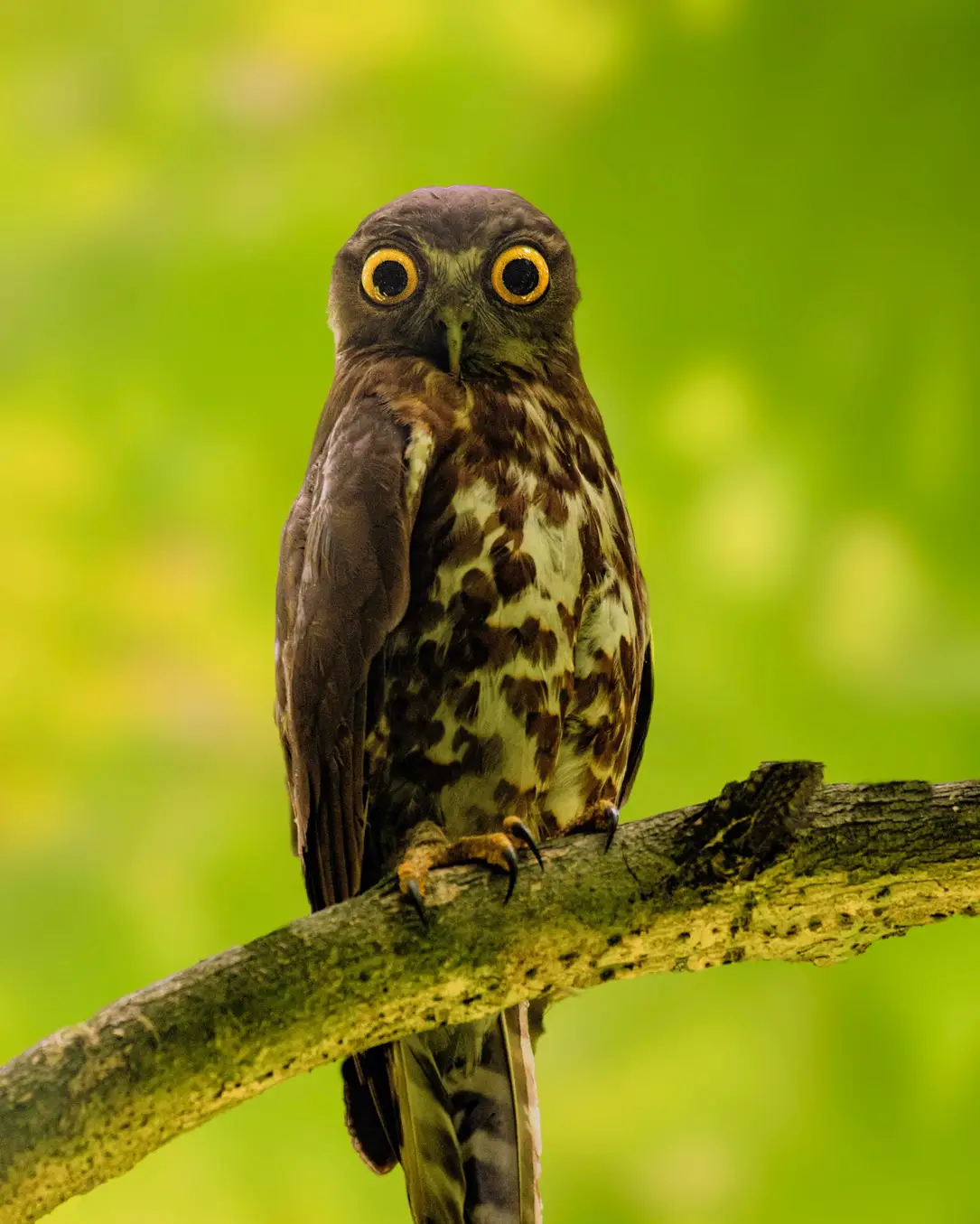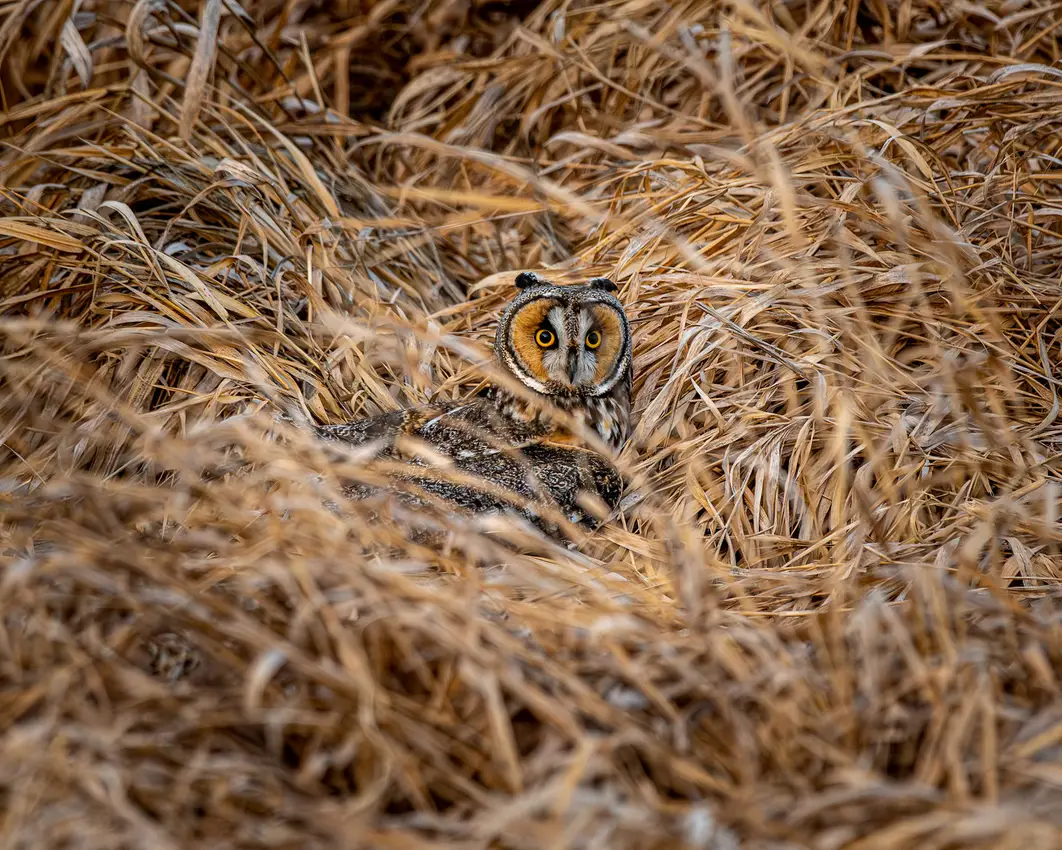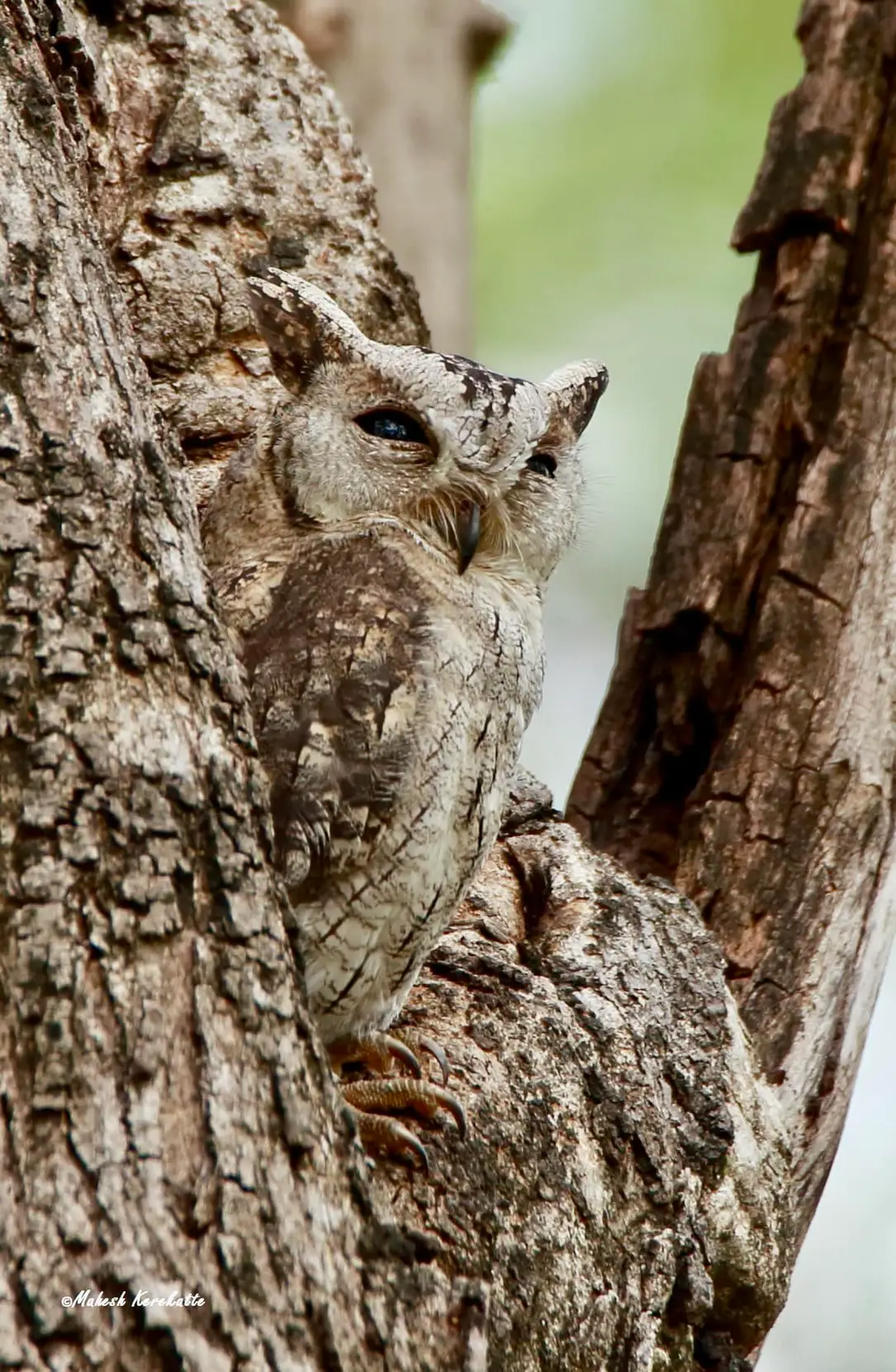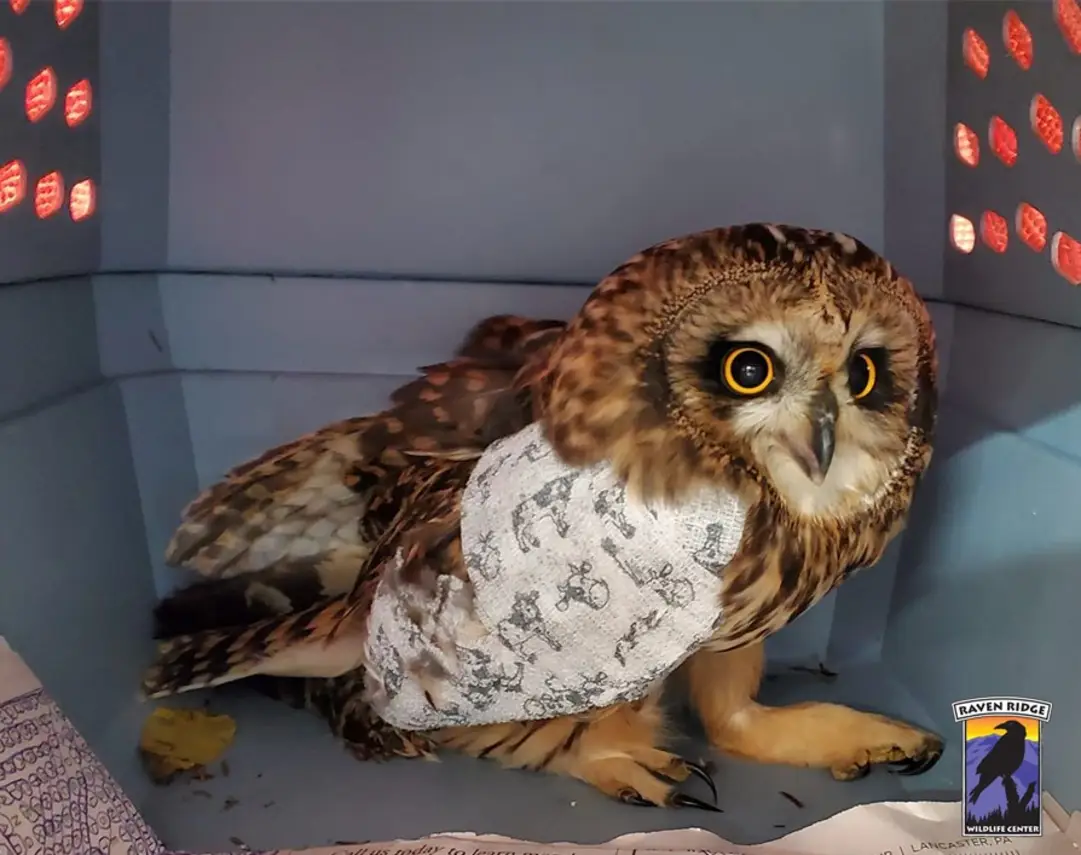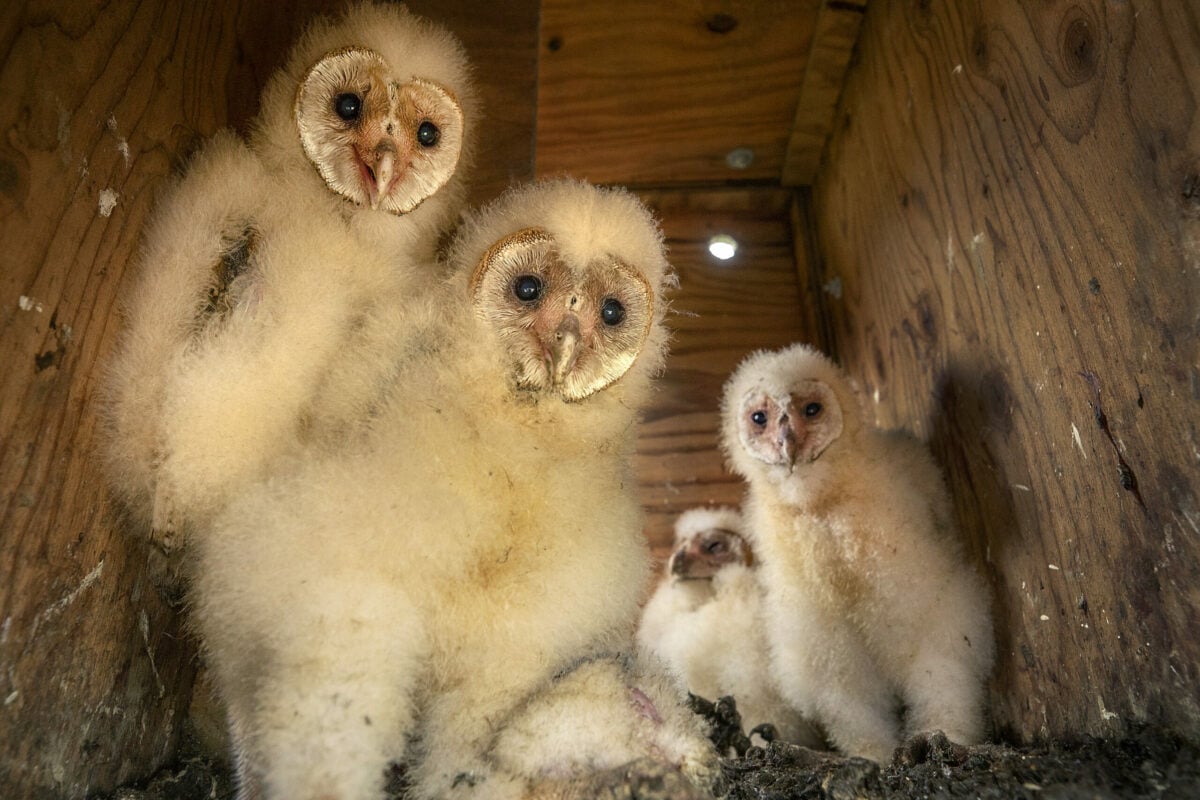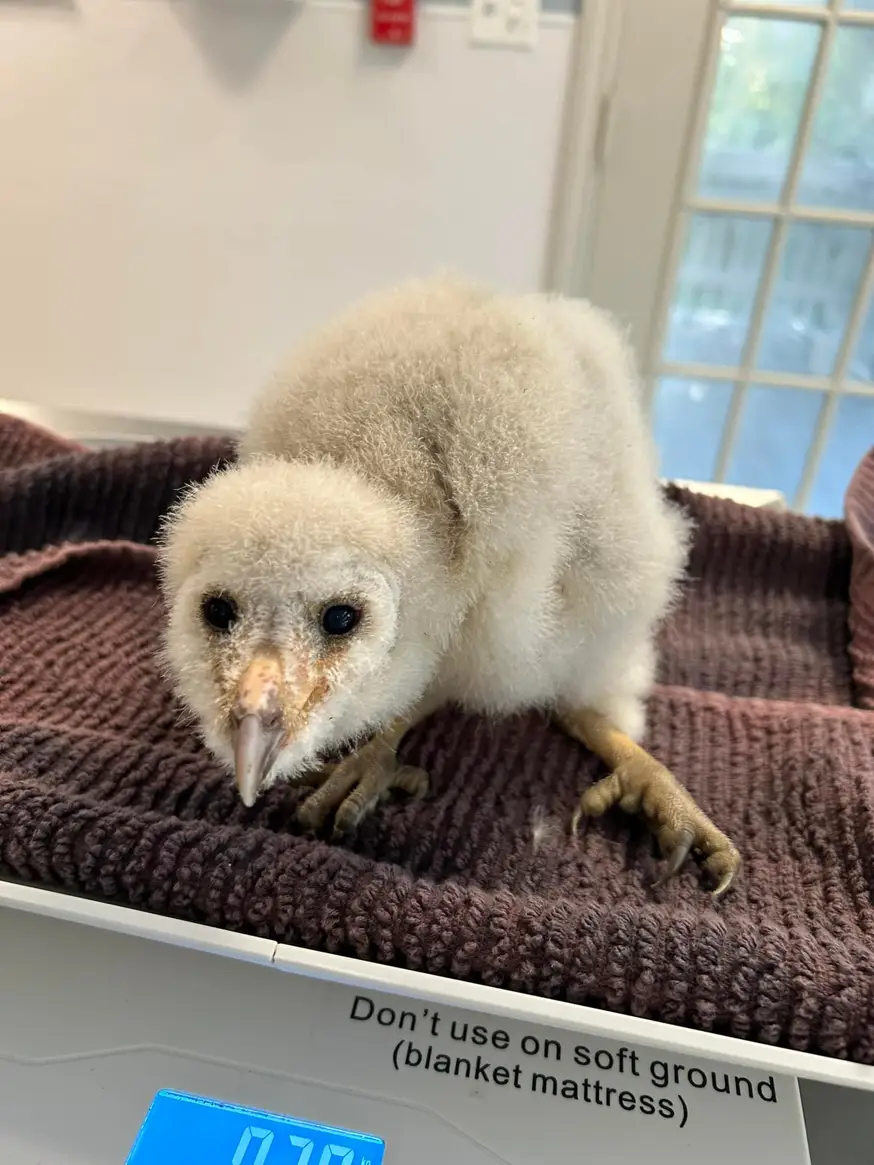This is an older article, but I chose it because I felt of the half dozen or so I read, this one covered the most in the least blameful way, and the least graphically while still not hiding anything important. Other than the depressing part about people doing harm to owls for no good reason, I didn't want to share anything that painted the whole Indian subcontinent as ignorant or malicious people. I felt this one points the blame at the scammers who are taking advantage of both the people and the owls.
It also says it's not just remote villagers, but also wealthy people in the largest, most modern cities. Also, perhaps most importantly, that even though the areas it is practiced may be wide, that it is a fringe belief, and that it is mainly less openly criticized is most don't seem to think this stuff is still going on in this current age.
I am not an expert on anything concerning India or it's culture, and what experience I have had with people from that part of the world has all been positive, and I don't want this to lead anyone to think otherwise. I just saw an article about this being a concern among animal rights groups, and was intrigued such practices exist. I feel we hear of traditional Chinese medicine and with COVID and stories of wet markets, they seem to get all the attention for these practices, but it still happens in many parts around the world.
I think it is important to shine a light on anything we find unpleasant, because we can't try to fix anything we don't know about or turn a blind eye to it.
NEW DELHI, India — As the rest of India celebrates Hinduism's festival of lights on Tuesday, unscrupulous witch doctors known as “tantriks” will sneak into the country's dark corners to kill some of its rarest and most majestic birds of prey.
It's India's secret shame — unknown even to most devout Hindus. But the religion's most important holiday, Diwali, marks a supposedly auspicious time for the sacrifices of threatened and even critically endangered owls — a rite that some believe can win favor from the goddess of wealth, Lakshmi.
“You take the leading newspapers of today itself, there will be 50, 20, 30 ads from tantriks advertising remedies of almost all kinds,” said Abrar Ahmed, an expert on the trafficking of birds.
“When people can be milked out, these tantriks will prescribe something which is difficult to get — they'll say an owl of 5 kgs or a certain weight or certain size. There is where they make money…. They are the ones creating a demand.”
India is home to 32 species of owls, 13 of which Ahmed discovered being sold as part of the illegal trade in wild birds. Most, if not all, are included on International Union for Conservation of Nature's “Red List” of threatened species, while at least one, the forest owlet, is critically endangered, according to “Imperilled Custodians of the Night,” a report Abrar wrote for Traffic in 2010.
The most common species sold is the spotted owlet, which has adapted to living in cities and is therefore in little danger of dying out. But threatened species like the brown fish owl can also be found for sale, and the threatened rock eagle owl is the “most preferred” by witch doctors — a bad omen for its future survival.
According to Ahmed, trafficked owls and their body parts are primarily used for supposed black magic — which still claims several lives for human sacrifice each year, if newspaper reports from the hinterland are to be believed. There is a regular, organized trade in live owls. In tribal areas, where the majority of people believe that owls can ward off evil spirits, feathers and talons are placed in amulets, and owls can be found piled up for sale at local fairs. And in cities and towns, even the country's wealthiest industrialists and politicians visit tantriks — in the hope of having a son, curing illness or infertility, or amassing a magic-assisted fortune.
For most Hindus, Diwali is a joyous festival. Families festoon their homes with electric lights and burn small candles or oil lamps, called diyas, to commemorate the victory of the god Ram over the demon Ravana and Ram's return home with his stolen wife, Sita — a foundation myth told in the Ramayana, one of Hinduism's most important epics. Friends get together to gamble. The markets overflow with “Diwali hampers” filled with chocolates, nuts, and traditional Indian sweets — gifts to be exchanged, Christmas-style.
But even if the Diwali lights are meant to represent the victory of good over evil, as well as a welcoming beacon for Lakshmi, the goddess of wealth, the five day festival is the most deadly time of all for the owls.
The reason: The amavasya, or new moon night, of Diwali is claimed to be the most auspicious time for owl sacrifices, Ahmed found after nearly two years of research he conducted for Traffic — a joint body that monitors the illegal wildlife trade for the World Wildlife Fund and International Union for Conservation of Nature.
“The practice happens throughout the year, but the kalratri [the eve of Diwali] is considered auspicious,” said Ahmed. “That makes the tantrik very rich in terms of hoodwinking people to pay their price. If they don't have a deadline, if they don't have a reason for the practice to happen at a particular moment of the year, people will be casual in their attitude.”
Indians who are free of superstition remain ignorant of the illegal trade. But the trafficking of thousands of species of wild birds — including owls intended for these sacrifices — happens just out of sight, even in the bird market of Old Delhi. Though the traders are smart enough not to display their owls alongside the hundreds of parakeets and wild song birds for sale, all it takes is a few whispered queries and a seller will offer not only to procure the owl but perhaps even to perform the sacrifice. A one-stop shop, poaching and black magic for as little as $150, according to a recent investigation by the Sunday Guardian's Abhimanyu Singh.
“People will say, we will deliver the owl on Thursday morning — whenever you need it for that matter — because it's a bird that has to be fed on a crow or a parrot,” said Ahmed. “It was made to be delivered on our doorstep.”
There are at least 50 hubs for the selling of wild birds, including owls, across India, according to Traffic. And 21 of them are major trafficking centers, with an estimated turnover of 20,000 to 50,000 wild birds per year.
Worse, the Diwali sacrifices are only the most visible part of the owl trade — at least for urban India.
Traveling through the tribal regions of states like Madhya Pradesh and Chhattisgarh — where indigenous peoples from the Damora, Bhil, Munda and countless other groups still live in the forest much as they have for thousands of years — Ahmed found piles of owl carcasses at local fairs. He witnessed local shamans performing rites with live owls. And he learned from tribal bird trappers how owls are captured and reared to catch other birds — which will “mob” the captured owl when the trapper mimics the desired species' distress call.
So, too, the superstitions surrounding owls go much beyond Diwali sacrifices.
In a survey of bookstores selling religious texts, Ahmed found prescriptions for telling the future using a live owl, hypnotizing an enemy by feeding him an owl's feather or blood, making yourself invisible using an owl's heart and other body parts, cursing an enemy's family with an owl's skull, and countless others.
But perhaps the darkest revelation of all was not the depth and prevalence of these superstitions among India's poor and illiterate, but their prominence even among the educated urban elite.
“Last week, a big horned owl was stolen from Chatbir Zoo [in Chandigarh, Punjab],” said Ahmed. “Do you see the correlation of the time? Even in a very big zoo — and this has happened in two other zoos also — the owl is not safe.”
